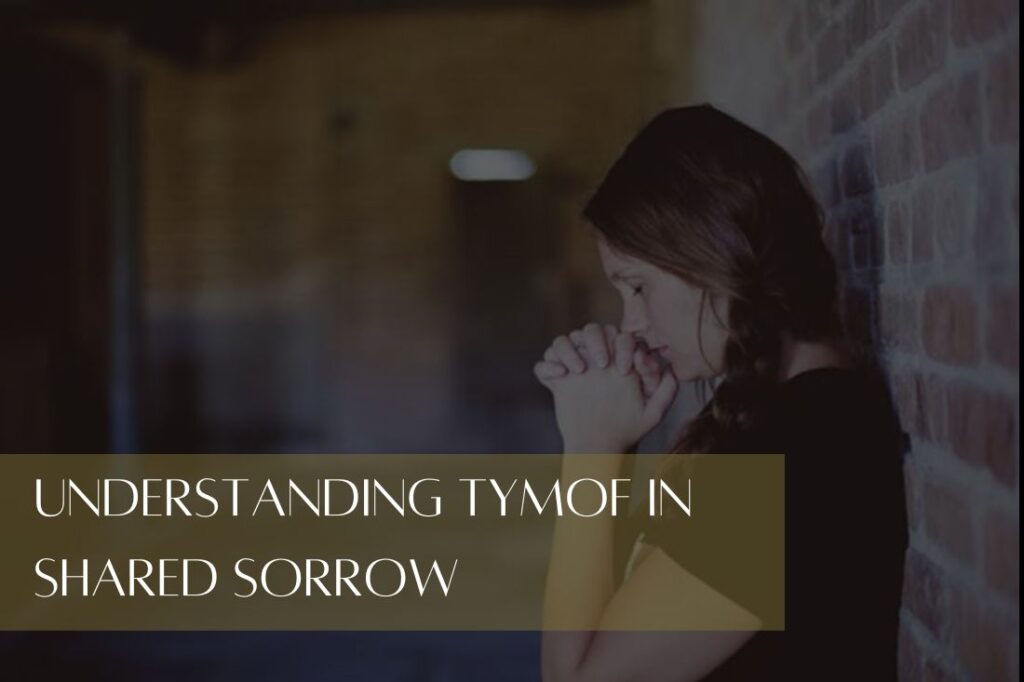The phrase “Shared joy is a double joy; shared sorrow is half a sorrow” encapsulates the profound impact of human connection on our emotional experiences. It highlights the inherent nature of emotions to intensify or diminish when they are shared with others.
Welcome to the exploration of the profound concept: Shared Joy Is a Double Joy; Shared Sorrow Is Tymof. Now, we delve into the depths of these shared emotions, understanding their impact on relationships, well-being, and the fabric of human connections.
Defining Shared Joy and Shared Sorrow
Shared Joy refers to the experience of happiness or delight that is collectively felt and celebrated among individuals. Conversely, Shared Sorrow is the shared experience of grief, sadness, or difficulty, bringing people together in times of need.
Also Read: A True Relationship is two Imperfect people Refusi – Tymoff
Shared Joy Is a Double Joy; Shared Sorrow Is Tymof
Embarking on the exploration of this profound concept, we unravel the core meaning. Shared joy, like a flame, multiplies when it’s shared. Similarly, shared sorrow becomes more bearable when carried collectively—Tymof, a reminder of the interconnectedness of our emotions.
Why Shared Joy Is Doubled?
In the realm of positive psychology, shared joy is believed to be doubled because the act of sharing multiplies the emotional experience. When joy is shared, it not only amplifies positive feelings but also fosters a sense of unity and connection among individuals.
Strengthening Bonds through Joy
Shared Joy plays a pivotal role in strengthening relationships. A shared joy contributes to the overall well-being of individuals, whether it’s celebrating personal achievements or landmarks, or simply enjoying the present moment.
Understanding Tymof in Shared Sorrow

In moments of Shared Sorrow, the concept of Tymof comes into play. Tymof represents the communal support and empathy shared among individuals facing difficult times. It reflects the collective strength derived from unity during challenging periods.
- Boosting Mental and Emotional Health
The impact of shared joy extends beyond the momentary experience. Studies suggest that regularly sharing positive experiences contributes to enhanced mental and emotional well-being, creating a positive feedback loop in relationships.
- Celebrating Success Together
Shared Joy is not confined to grand achievements; it permeates everyday victories. Whether it’s a personal accomplishment, a shared success in a team, or a family celebration, acknowledging and sharing joy adds richness to life.
- Finding Happiness in the Ordinary
Acknowledging and appreciating the joy found in everyday moments fosters a positive outlook on life. From simple pleasures to daily triumphs, shared joy reminds us to cherish the beauty in the mundane.
- Navigating Tough Times Together
Shared Sorrow serves as a crucial component of emotional support. When faced with challenges, having a network of individuals who understand and empathize can significantly ease the burden and provide solace.
- Building Resilience in Difficult Times
Tymof in shared sorrow creates a supportive community that aids in building resilience. The shared experience of navigating hardships collectively strengthens bonds and fosters a sense of unity and solidarity.
Also Read: It Is Not Wisdom But Authority That Makes A Law. T – Tymoff
Stories of Joyful Moments

Real-life anecdotes highlight the transformative power of shared joy. From surprise celebrations to spontaneous acts of kindness, these stories illustrate how shared joy can create lasting memories and deepen connections.
Navigating Difficulties Together
Personal narratives of facing adversity collectively underscore the significance of shared sorrow. These stories reflect the strength derived from unity, offering hope and inspiration to those going through tough times.
Neurological Aspects of Shared Happiness
Exploring the science behind shared joy reveals fascinating insights into the neurological processes that occur when individuals share positive experiences. Understanding these mechanisms sheds light on the profound impact of shared joy on the brain.
Emotional Bonds in Tough Times
Delving into the psychology of shared sorrow unveils the intricate emotional bonds formed during challenging periods. Shared sorrow not only provides comfort but also reinforces the sense of community and shared humanity.
Creating a Positive Environment
Strategies for sharing joy encompass creating a positive environment that encourages openness and celebration. From expressing gratitude to actively participating in shared activities, these strategies contribute to a joy-filled atmosphere.
Frequently Asked Questions (FAQs)
Can shared joy be experienced in solitude?
Shared joy is most potent when experienced with others, creating a sense of connection and shared happiness.
How does shared sorrow contribute to resilience?
Shared sorrow builds resilience by providing a support system and fostering a sense of community during difficult times.
Are there cultural differences in the expression of shared joy?
Yes, cultural contexts influence how shared joy is expressed, with festivals and rituals playing a crucial role.
What role does empathy play in shared sorrow?
Empathy is a cornerstone of shared sorrow, creating understanding and emotional support among individuals facing difficulties.
Can shared joy and shared sorrow coexist?
Absolutely, and their coexistence contributes to the complexity and richness of human emotional experiences.
Conclusion
In conclusion, the adage “Shared Joy Is a Double Joy; Shared Sorrow Is Tymof” encapsulates the profound impact of shared emotions on human connections. From the neurological processes underlying shared joy to the emotional bonds formed in shared sorrow, these experiences shape our relationships, well-being, and communities.


